Indulge in the delightful fusion of creamy ricotta cheese, zesty lemons, rich butter, and fresh eggs in this light and fluffy Italian Limoncello Ricotta Cake. An easy and flavorful dessert that brings a taste of Italy right to your kitchen!
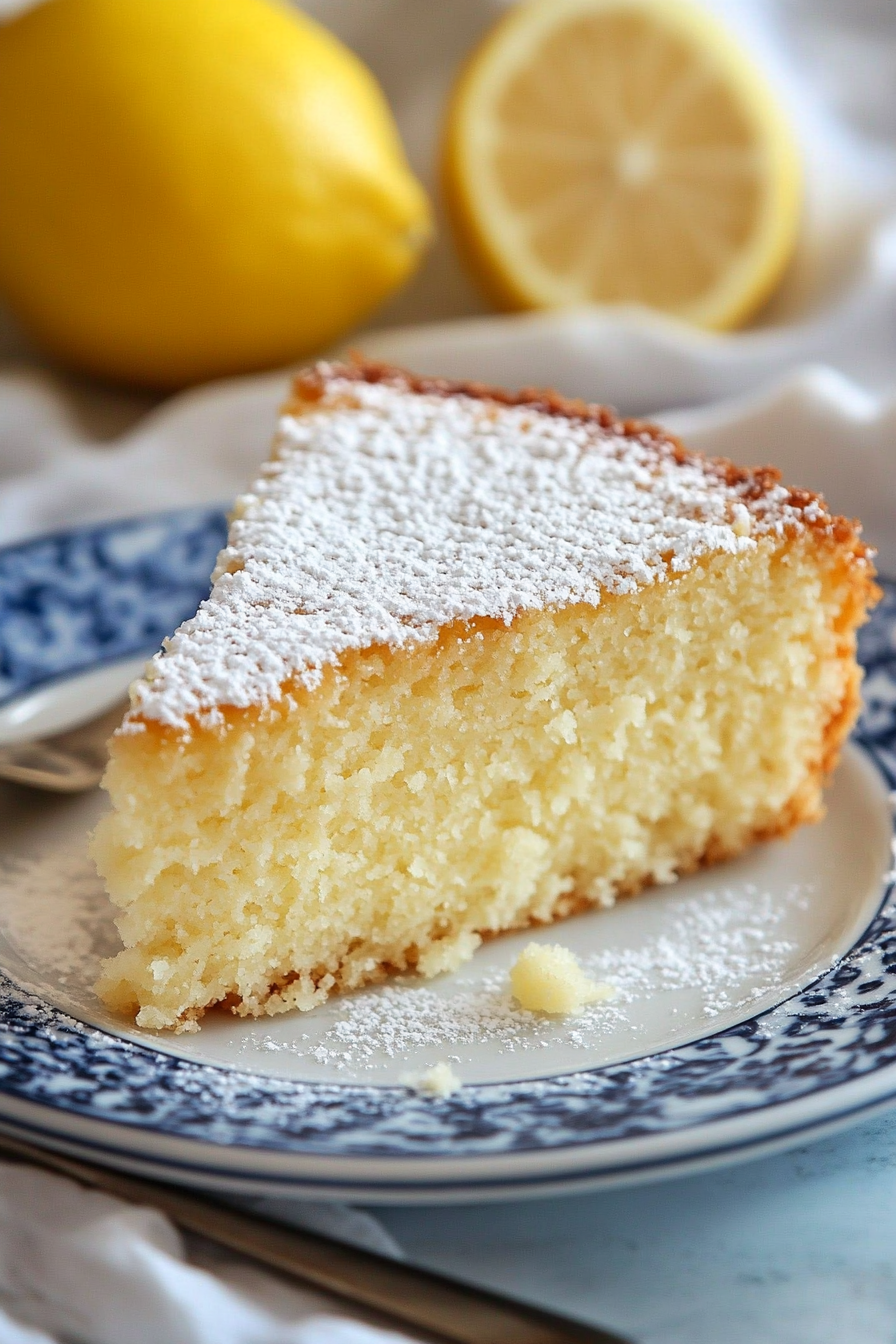
Let me take you back to a sun-drenched afternoon in a little Italian village perched on a hillside. I was strolling through the cobblestone streets when the irresistible aroma of freshly baked goods led me to a charming bakery run by an endearing Nonna named Rosa. She beckoned me inside and offered me a slice of her famous Limoncello Ricotta Cake. One bite, and I was in dessert heaven—the creamy ricotta, the zesty lemon, and the buttery goodness all harmonized in a symphony of flavors. It was like tasting a slice of Italy itself! When I returned home, I was determined to recreate that magical experience. After a few hilarious kitchen mishaps (note to self: always secure the mixer lid), I finally perfected the recipe. Now, every time I bake this cake, I’m transported back to that quaint Italian bakery, and I can almost hear Nonna Rosa saying, “Mangia, mangia!” So, grab your apron and join me on this delicious journey—just watch out for flying flour!
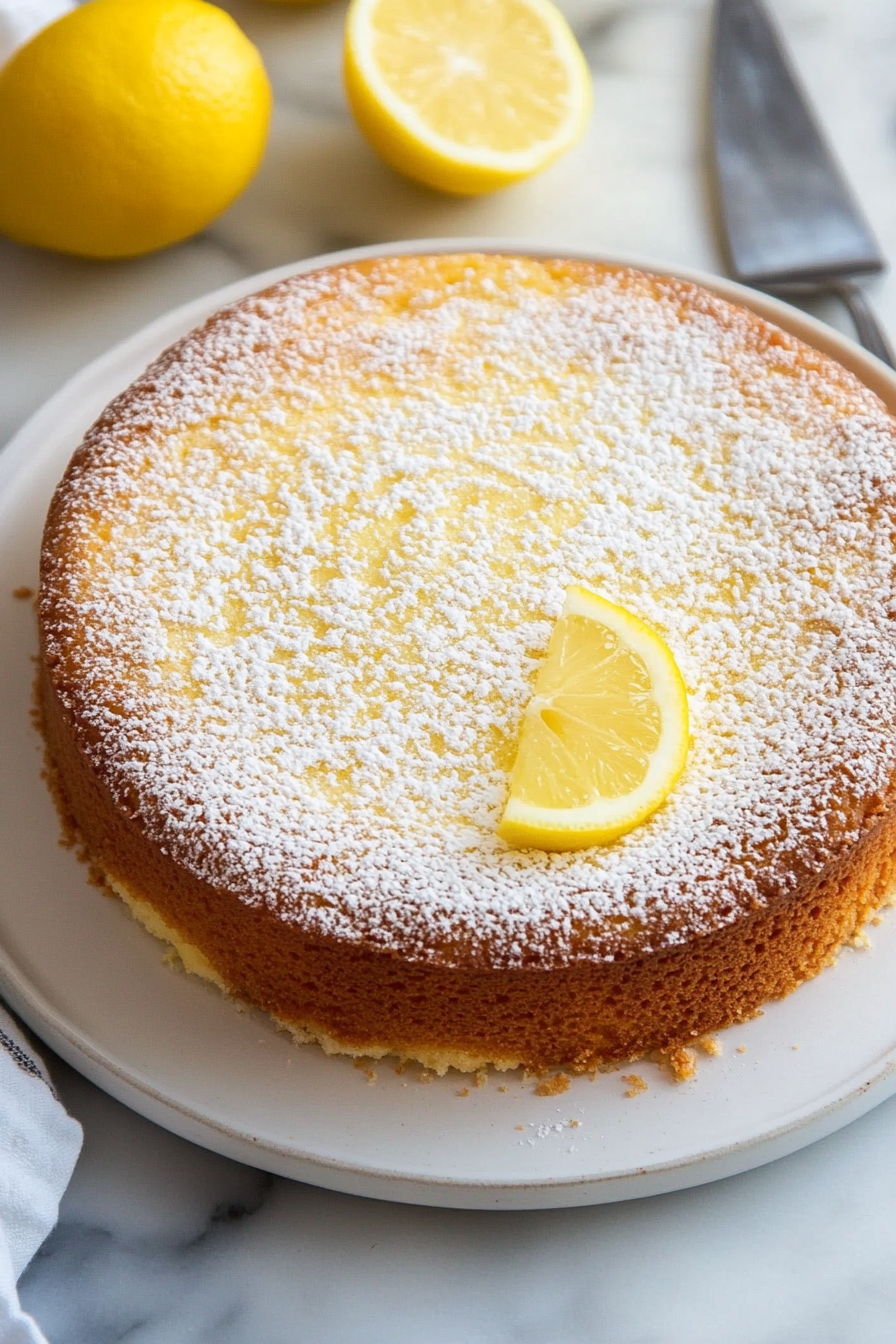
Why You’ll Love This Limoncello Ricotta Cake
What makes this Limoncello Ricotta Cake stand out from the crowd?
First off, it’s the creamy ricotta cheese that gives the cake an incredibly moist and velvety texture—you might even forget you’re eating cake and not a cloud! Then there’s the zesty burst of fresh lemons, both in zest and juice form, infusing every bite with a refreshing tang that perfectly balances the sweetness.
The recipe is delightfully simple and straightforward, so you don’t need a culinary degree to whip it up (if I can do it without setting off the smoke alarm, so can you!). Plus, it’s an authentic Italian dessert that brings a touch of Mediterranean sunshine right into your kitchen.
And let’s not forget—it’s made with everyday ingredients you probably already have lounging in your pantry. So, it’s not just a cake; it’s a mini-vacation to Italy without the jet lag!
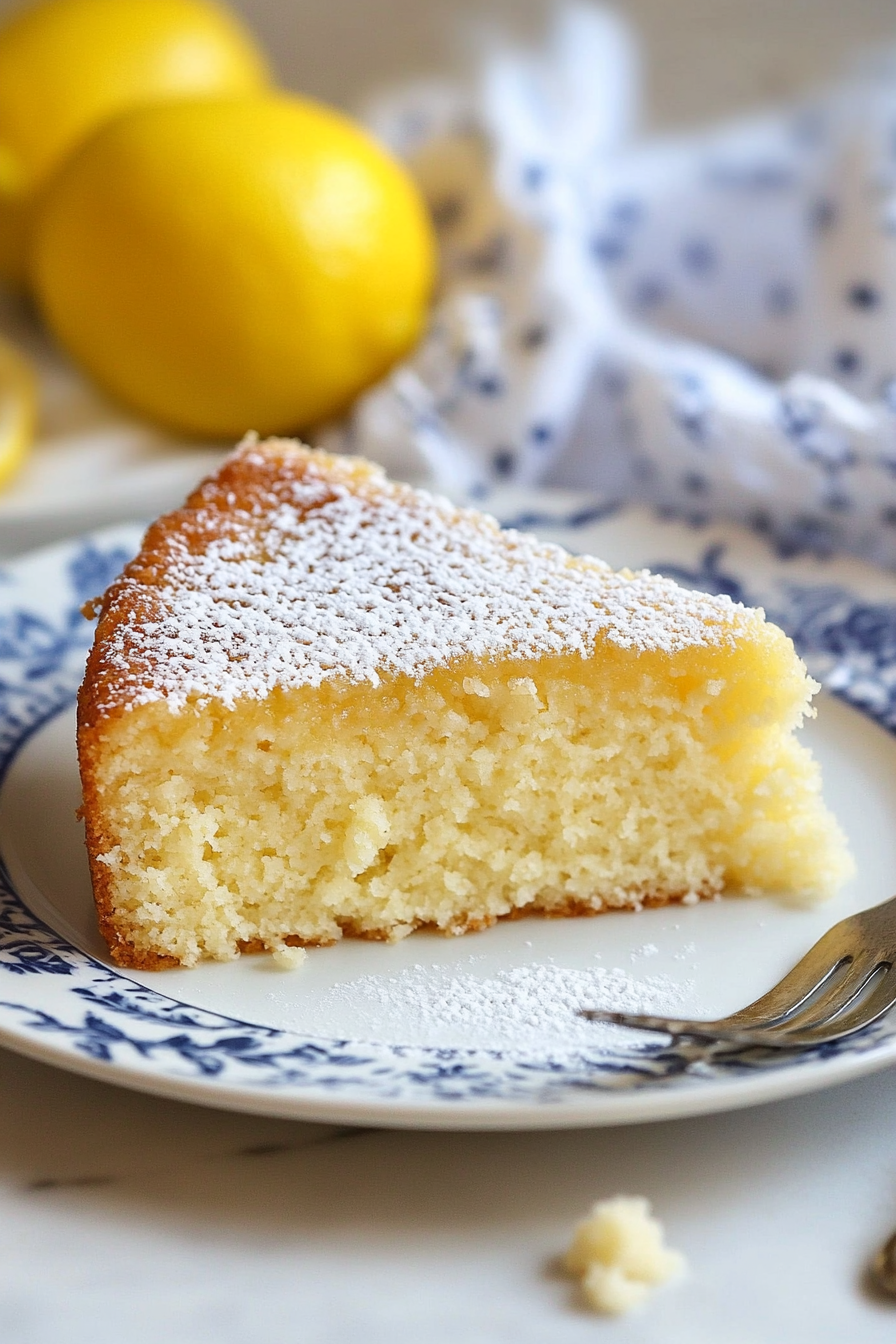
Ingredients Notes
Before we get our aprons on and the oven preheated, let’s have a little heart-to-heart about the ingredients in our Limoncello Ricotta Cake. Each component is like a member of a band—on their own, they’re great, but together, they create sweet, sweet music. Here’s the lowdown on what you’ll need:
- Ricotta Cheese: Opt for whole-milk ricotta if you can. It’s the secret behind that ultra-moist and creamy texture that makes you want to close your eyes and sigh with each bite. Make sure to strain it well—you don’t want excess moisture turning your cake into a pudding (unless that’s what you’re going for, no judgment here!).
- Lemons: Fresh is best! We’re using both lemon zest and lemon juice to pack in as much zesty flavor as possible. Think of lemons as the zippy best friend who keeps things lively. Plus, the aroma of freshly zested lemon is basically aromatherapy.
- Butter: Unsalted and softened to room temperature is the way to go. If you forget to take it out of the fridge ahead of time (we’ve all been there), you can grate it like cheese to speed up the softening process. Butter brings that rich, melt-in-your-mouth goodness that margarine just can’t compete with.
- Eggs: Large and at room temperature. If they’re cold, they might cause the butter to seize up, and nobody wants a lumpy batter. Room temp eggs blend more smoothly, making your cake fluffier—science!
- Flour: Regular all-purpose flour does the trick. Be sure to measure it correctly; spoon it into your measuring cup and level it off. Overpacking the flour can lead to a dense cake, and we’re aiming for light and fluffy, not a doorstop.
- Baking Powder and Baking Soda: These are your leavening agents—the life of the party that makes the cake rise. Make sure they’re fresh (check that expiration date!) because old leavening agents are about as useful as a flat tire.
- Sugar: Plain old granulated sugar is what we need here. It sweetens the deal and works with the butter to create that lovely, tender crumb. Plus, it keeps the lemons from puckering your lips off.
Now that we’re acquainted with our ingredients, we’re ready to mix, bake, and most importantly—enjoy!

How To Make Limoncello Ricotta Cake
Alright, baking aficionados, let’s embark on this culinary adventure to create a Limoncello Ricotta Cake that’s sure to impress even your toughest critics (looking at you, Aunt Mildred). Don’t worry—I’ve got your back every step of the way!
- Step 1: Preheat and Prep
First things first—preheat your oven to 180°C (350°F). It’s crucial to have a hot oven ready to go; nobody likes waiting around, especially cake batter. Next, prepare a 9-inch baking pan by greasing it with cooking spray and lining the bottom with parchment paper. This ensures a smooth exit strategy for your cake once it’s baked—because nothing ruins the moment like a stuck cake!
- Step 2: Cream the Butter and Sugar
In a large mixing bowl, add ¾ cup of softened butter, 1½ cups of granulated sugar, 1 tablespoon of lemon zest, and 1 teaspoon of vanilla extract. Using an electric hand mixer, beat the mixture on medium speed for about 2-3 minutes until it’s light, fluffy, and smells like heaven. This creaming process incorporates air, which helps give your cake that lovely light texture. Plus, it’s a mini arm workout—bonus!
- Step 3: Add the Ricotta and Salt
WANT TO SAVE THIS RECIPE?
Now, take 2 cups of ricotta cheese and make sure it’s well-strained. Excess liquid is the enemy here; we want a moist cake, not a soggy one. Add the ricotta and ½ teaspoon of kosher salt to your butter-sugar mixture. Mix until everything is smooth and creamy, and you might find yourself tempted to grab a spoonful—resist the urge (or don’t, I won’t tell).
- Step 4: Incorporate the Eggs and Lemon Juice
Crack in 3 eggs, one at a time, mixing well after each addition. This helps the eggs blend more thoroughly. Then pour in 2 teaspoons of lemon juice. Continue mixing until everything is well combined and the batter is looking glossy and inviting. At this point, you might start receiving unsolicited compliments from family members drawn in by the enticing aroma.
- Step 5: Mix in the Dry Ingredients
In a separate bowl (or right on top if you’re feeling rebellious), add 1¾ cups of flour, 2 teaspoons of baking powder, and ⅓ teaspoon of baking soda to the wet ingredients. Gently mix until just combined—overmixing is the fast track to a tough cake, and nobody wants that. It’s okay if there are a few small lumps; they’ll work themselves out in the oven.
- Step 6: Bake the Cake
Pour your batter into the prepared baking pan, smoothing the top with a spatula for that picture-perfect finish. Place it in your preheated oven and bake for about 40 minutes. Baking times can vary, so start checking at the 40-minute mark. Insert a toothpick into the center of the cake—if it comes out clean or with a few moist crumbs, you’re good to go. If it looks like a toothpick porcupine by the time it’s done, well, that’s between you and your oven.
- Step 7: Cool and Serve
Once baked to golden perfection, remove the cake from the oven and let it cool in the pan for about 10-15 minutes. Then transfer it to a wire rack to cool completely. Patience is a virtue here; cutting into a hot cake can cause it to crumble. Once cooled, dust the top with powdered sugar for that bakery-style look. Slice, serve, and watch as your guests’ eyes light up with delight!
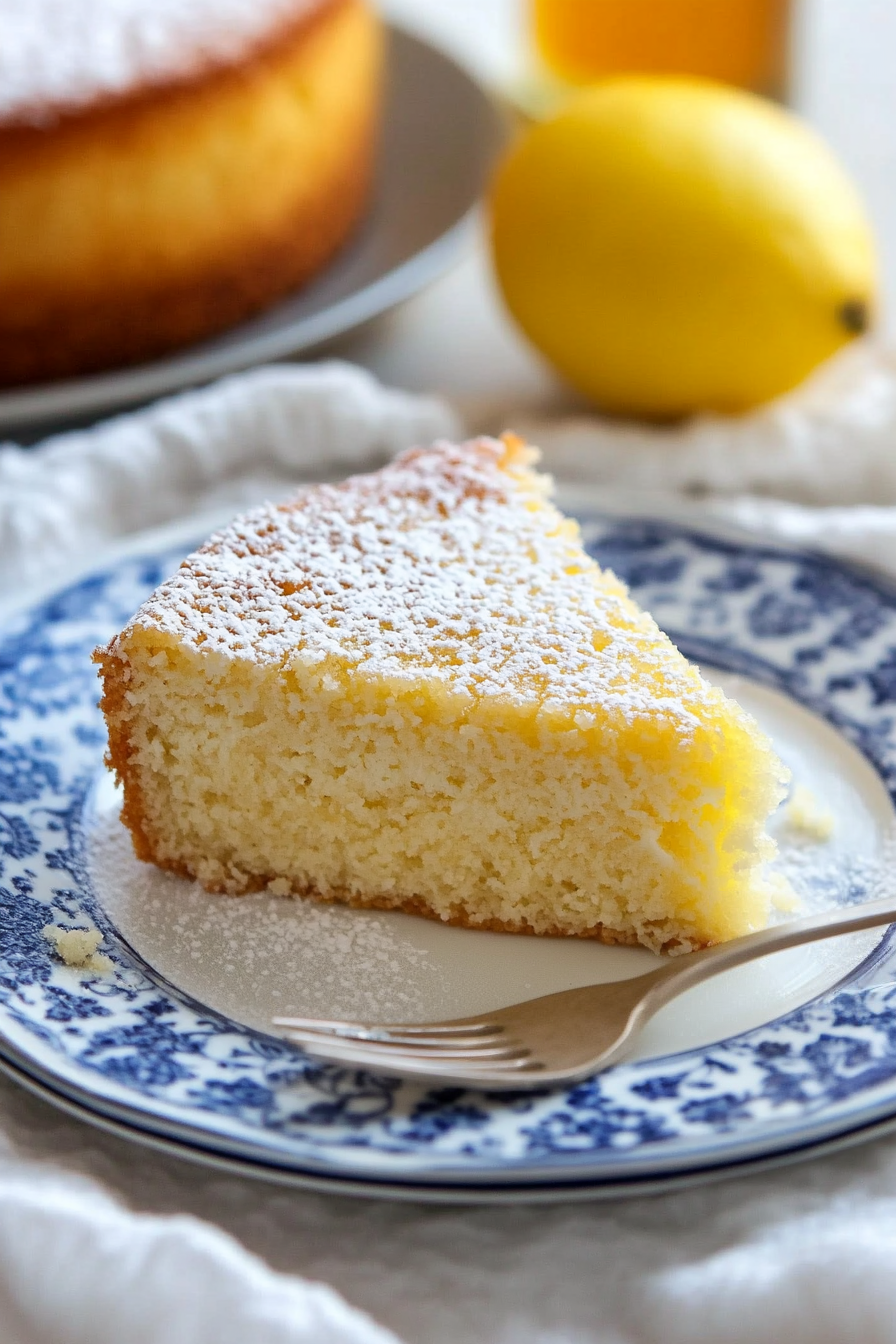
Storage Options
So, you’ve baked this glorious Limoncello Ricotta Cake, and somehow, there are leftovers (shocking, I know!). Now you’re wondering how to store this masterpiece to enjoy later. Fear not—I’ve got the scoop on keeping your cake as delightful as the moment it came out of the oven.
- Room Temperature: If you plan to devour the remaining cake within 2 days, you can store it at room temperature. Simply cover it with plastic wrap or keep it in an airtight container to prevent it from drying out. Place it in a cool, dry spot—away from prying eyes and midnight snackers if possible.
- Refrigeration: For storage up to 5 days, wrap the cake tightly in plastic wrap or foil and place it in the refrigerator. The ricotta cheese means the cake is a bit perishable, so refrigeration is a good call if you’re pacing yourself (or hiding it from the aforementioned snackers). Before serving, you might want to let it sit at room temperature for about 15 minutes to regain some of that soft, tender texture.
- Freezing: Yes, you can freeze this cake! Wrap individual slices or the whole cake tightly in plastic wrap, then place it in a freezer-safe zip-top bag or container. It’ll keep well in the freezer for up to 3 months. When the craving hits, simply thaw it overnight in the refrigerator. It’s like a little gift to your future self—a delicious, lemony surprise waiting to brighten your day.
Remember, proper storage not only keeps your cake tasting fresh but also prevents you from accidentally creating a new species of fridge mold. So, take a few moments to store it right—you’ll thank yourself later when you’re enjoying that last slice!
Variations and Substitutions
Feeling adventurous or need to tweak the recipe to suit your dietary needs? No problem! The beauty of this Limoncello Ricotta Cake is its versatility. Here are some delightful variations and substitutions to make this cake uniquely yours:
- Orange Ricotta Cake: Swap out the lemon zest and juice for orange zest and juice. This gives the cake a sweeter, less tangy flavor that’s equally irresistible. It’s like a Mediterranean sunset in cake form!
- Gluten-Free Option: Substitute the all-purpose flour with a gluten-free baking blend. Make sure it’s a 1:1 substitute to keep the texture as close to the original as possible. Now everyone can have their cake and eat it too—gluten sensitivities be darned!
- Berry Burst: Fold in 1 cup of fresh blueberries or raspberries into the batter right before pouring it into the pan. The berries add a juicy pop of flavor and make the cake even more Instagram-worthy. Just remember to toss them in a bit of flour first to prevent them from sinking.
- Almond Twist: Replace the vanilla extract with almond extract and sprinkle some slivered almonds on top before baking. This adds a nutty depth of flavor that pairs beautifully with the ricotta and citrus. Plus, it gives the cake a lovely crunch on top—texture enthusiasts rejoice!
- Olive Oil Substitute: For a more Mediterranean flair, substitute the butter with ¾ cup of extra virgin olive oil. This will give the cake a slightly denser texture and a unique, rich flavor profile. It’s a nod to classic Italian baking, and your heart might thank you for the healthier fat choice.
- Limoncello Liqueur Addition: For an adult version, replace the lemon juice with 2 teaspoons of Limoncello liqueur. It adds an extra zing and a touch of sophistication. Just maybe label it accordingly if kids are around—we don’t need little Timmy breakdancing at the dinner table!
- Dairy-Free Option: Substitute the ricotta cheese with a dairy-free ricotta alternative and the butter with plant-based butter. Now your lactose-intolerant friends can join the party without any worries.
Remember, recipes are like guidelines, not strict rules (except when baking macarons—that’s a different story). Feel free to experiment and find the combination that makes your taste buds do a happy dance. Happy baking!
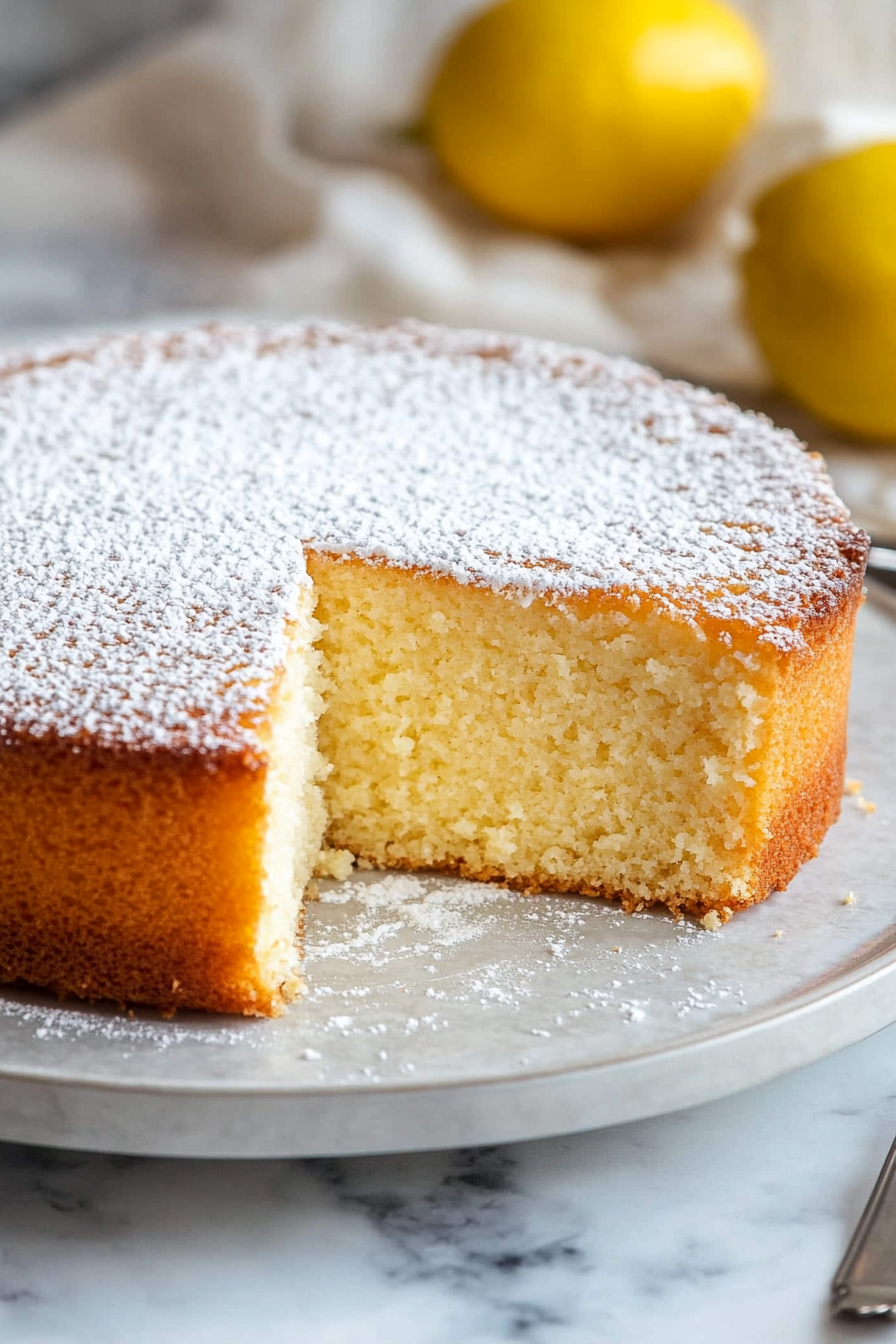
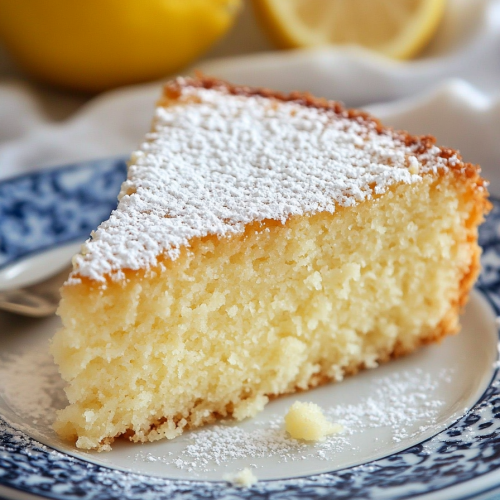
Limoncello Ricotta Cake
Ingredients
- ¾ cup of unsalted butter
- 2 cups of ricotta cheese
- 1 teaspoon of vanilla extract
- ½ teaspoon of kosher salt
- 1 ½ cups of granulated sugar
- 1 tablespoon of freshly grated lemon zest
- 2 teaspoons of freshly squeezed lemon juice
- 3 large eggs
- 1 ¾ cups of all-purpose flour
- ⅓ teaspoon of baking soda
- 2 teaspoons of baking powder
Instructions
- Preheating and Pan Preparation: Begin by setting the oven temperature to 180°C (350°F). Utilize cooking spray to lightly grease a 9-inch baking pan and line it with parchment paper to facilitate easy removal of the cake once baked.
- Creaming the Butter Mixture: In a substantial mixing bowl, combine the softened butter, granulated sugar, lemon zest, and vanilla extract. Employ an electric mixer set to medium speed to beat these ingredients for approximately 2 to 3 minutes, until the mixture achieves a creamy consistency.
- Incorporating Ricotta and Salt: First, ensure that the ricotta cheese has been adequately strained to remove excess liquid. Add the strained ricotta and kosher salt to the creamed mixture. Continue to blend until the mixture is uniformly smooth and creamy.
- Adding Eggs and Lemon Juice: Introduce the eggs one at a time, ensuring thorough mixing after each addition to maintain a homogeneous consistency. Following the eggs, incorporate the lemon juice and blend until the mixture is entirely combined.
- Combining Dry Ingredients: Over the wet mixture, sift together the all-purpose flour, baking powder, and baking soda to ensure even distribution. Fold the dry ingredients into the wet ingredients gently until just combined. Take care to avoid overmixing, which can result in a dense cake texture.
- Baking the Cake: Transfer the batter into the prepared baking pan, smoothing the top with a spatula. Place the pan in the preheated oven and bake for approximately 40 minutes, or until a toothpick inserted into the center of the cake comes out clean or with a few moist crumbs attached.
- Cooling and Serving: After baking, allow the cake to cool in the pan on a wire rack for about 10 to 15 minutes. This step is essential for the cake to set properly. Subsequently, remove the cake from the pan and allow it to cool completely on the rack. Once cooled, dust with powdered sugar for a touch of elegance before serving.

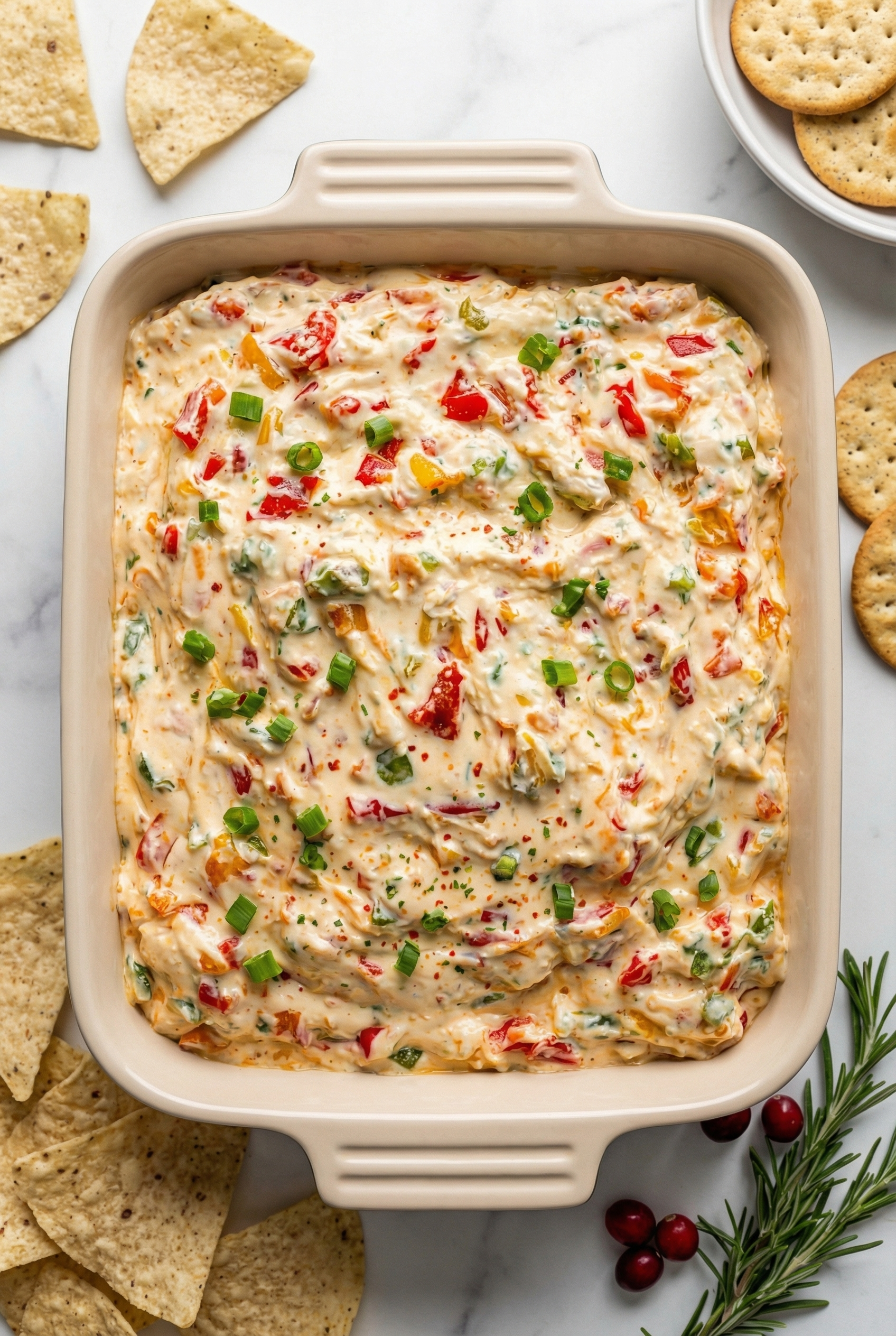
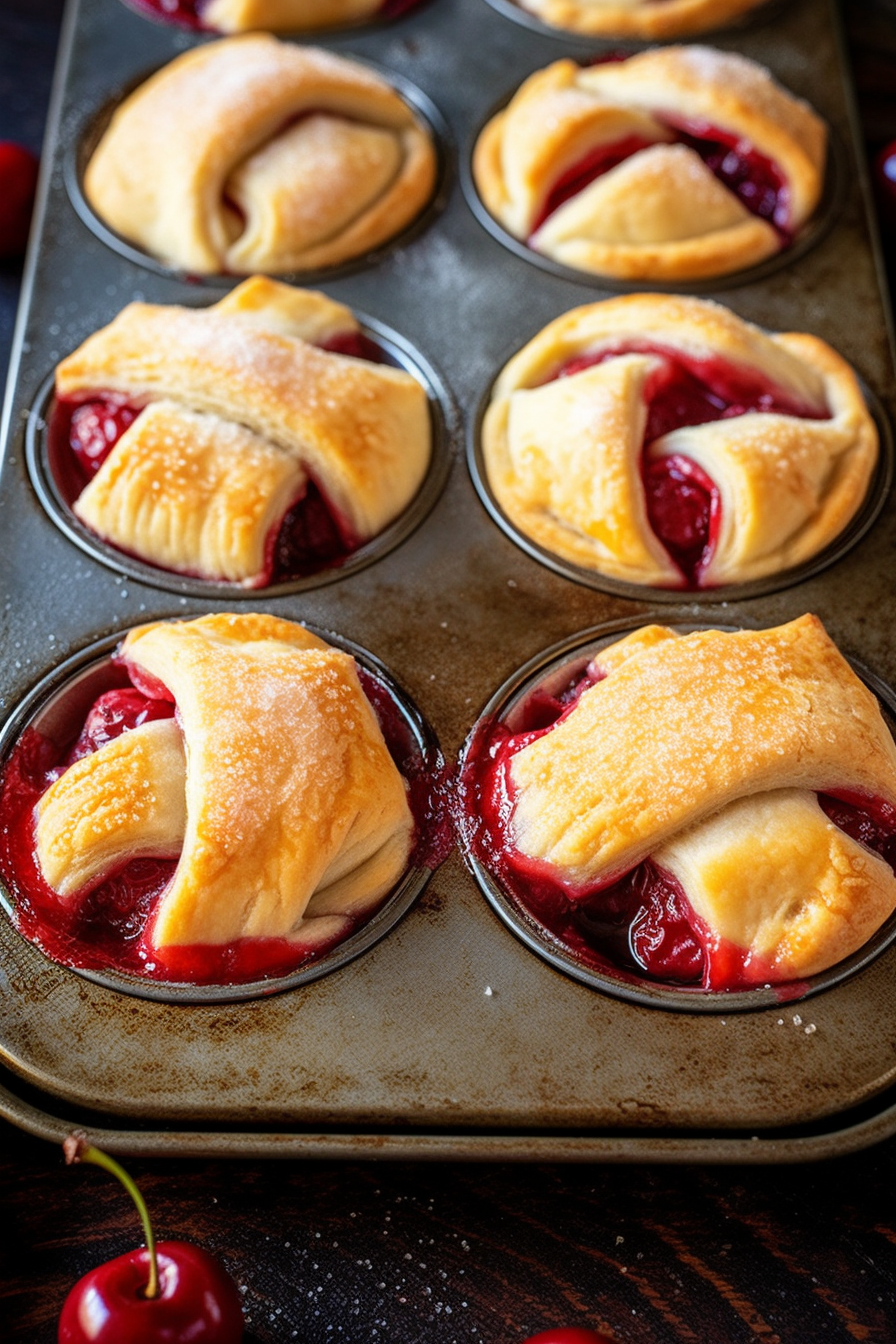
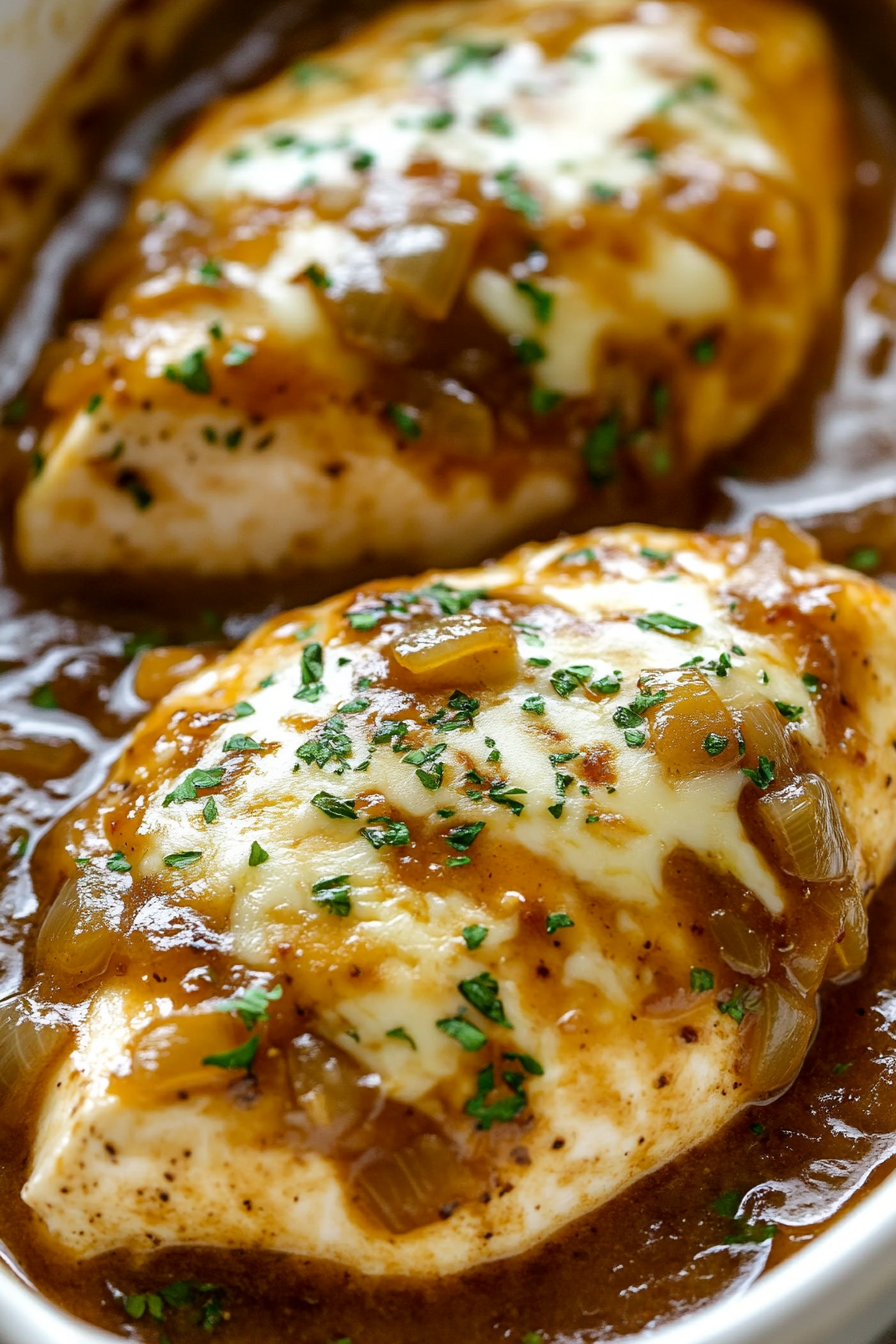
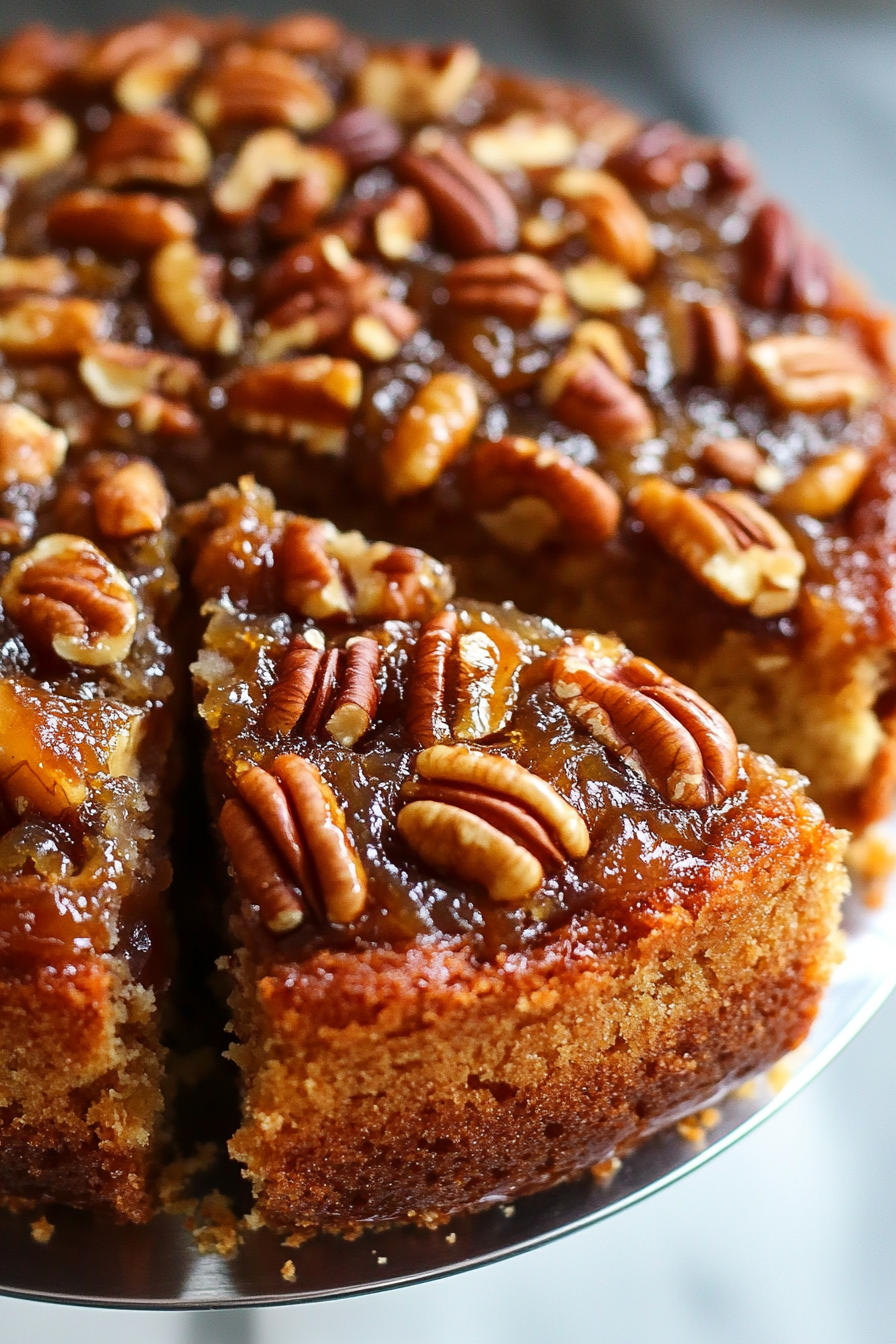

2 Responses
WOW! I was hesitant as the recipe had not been reviewed yet, but gave it a shot and glad I did. I followed the recipe exactly, at the 40 minute mark it needed 10 more minutes in a 350 oven. Turned out perfect. Moist, airy, solid but not too dense, perfect blend of tart lemon and sweet. Cannot wait to try the other variations and do it again. I used a 9″ springform pan with parchment on bottom and sides but would be fine with just parchment on the bottom also, still browned up nicely.
Super easy and delicious! Used a 9 inch spring form pan for easy removal. Cake took closer to 55 minutes.